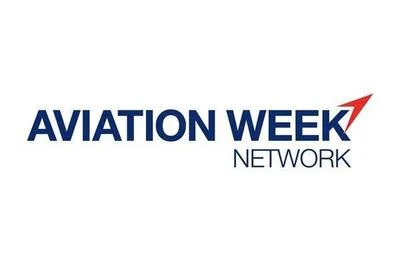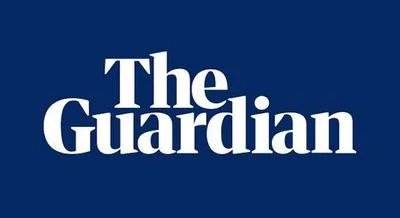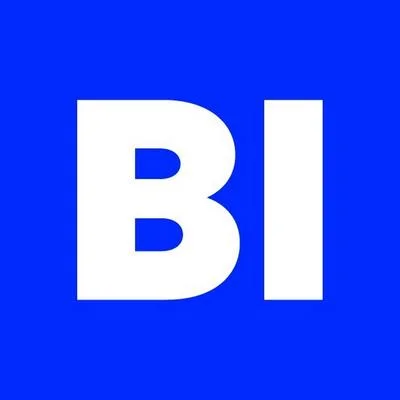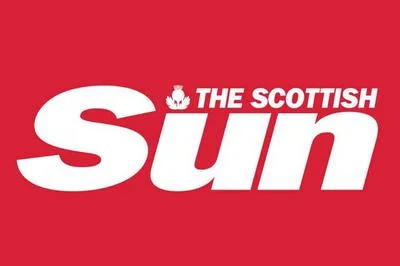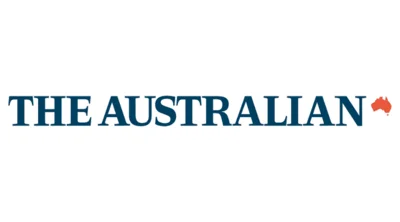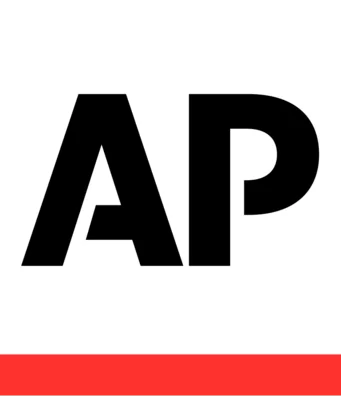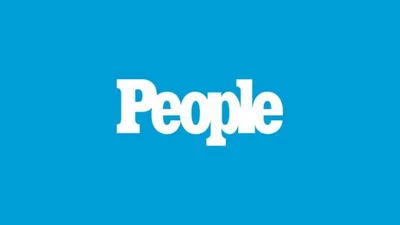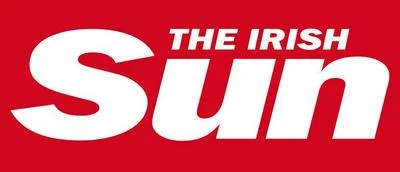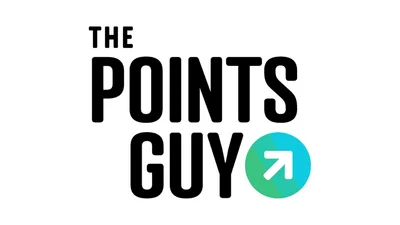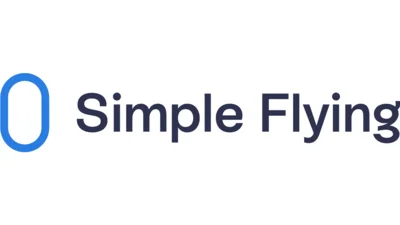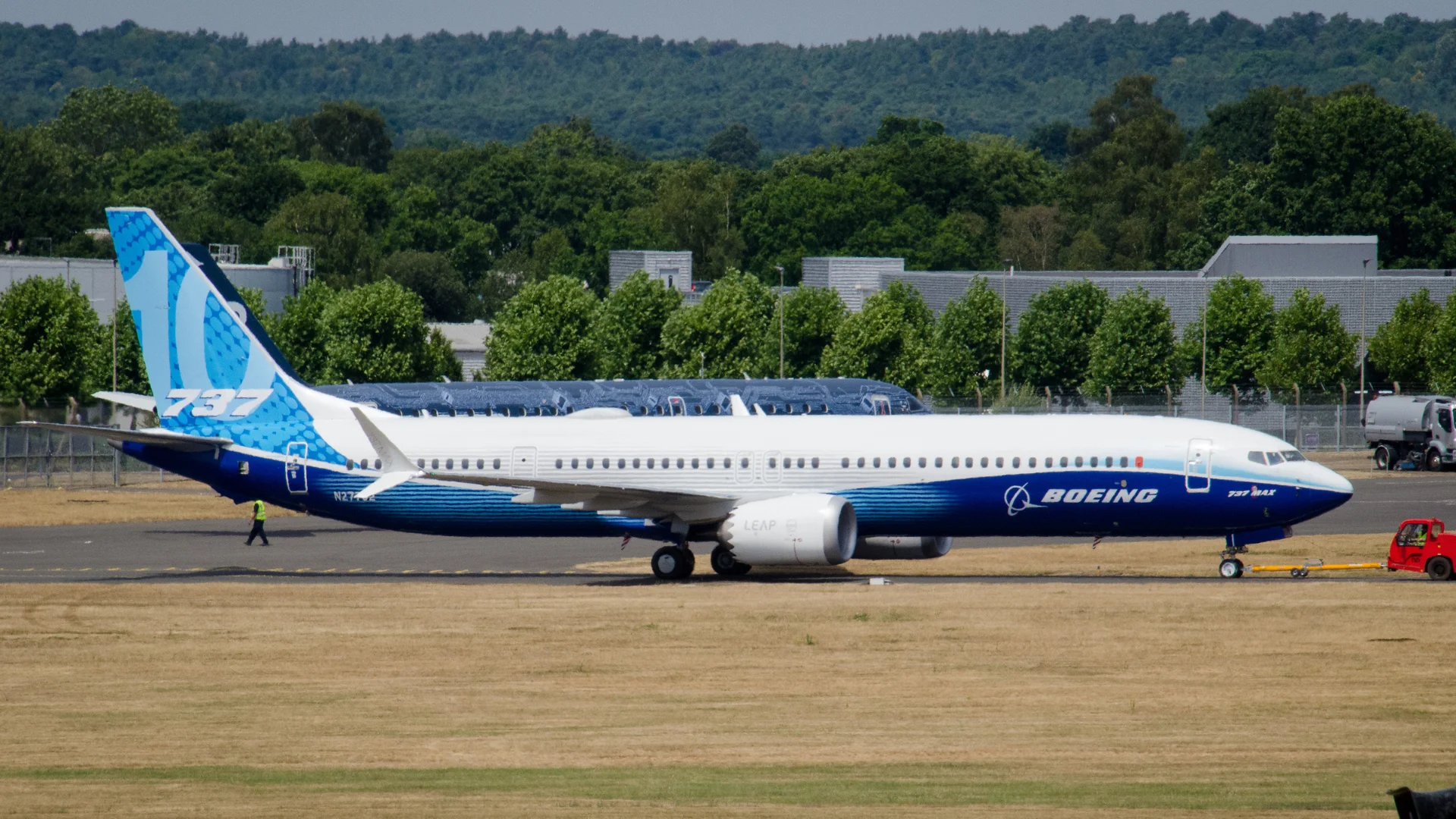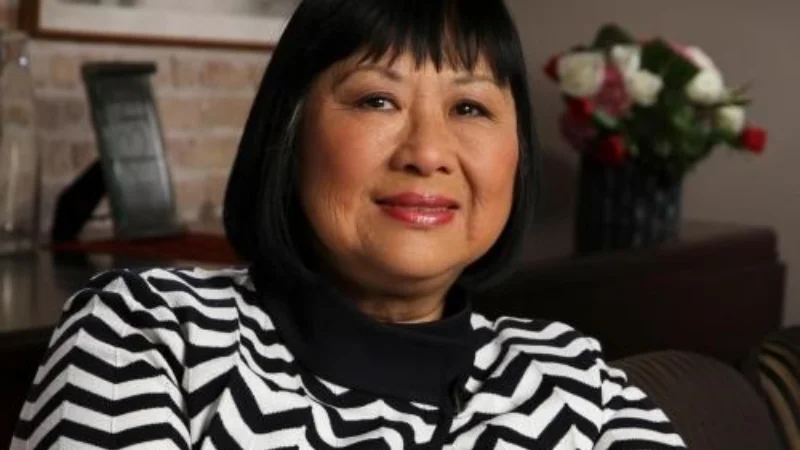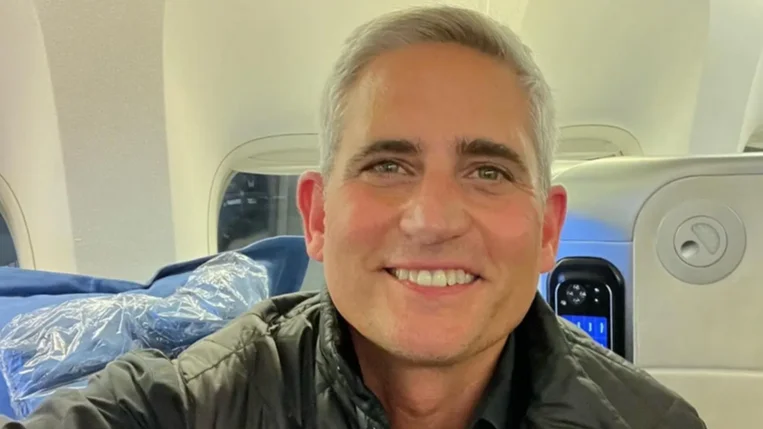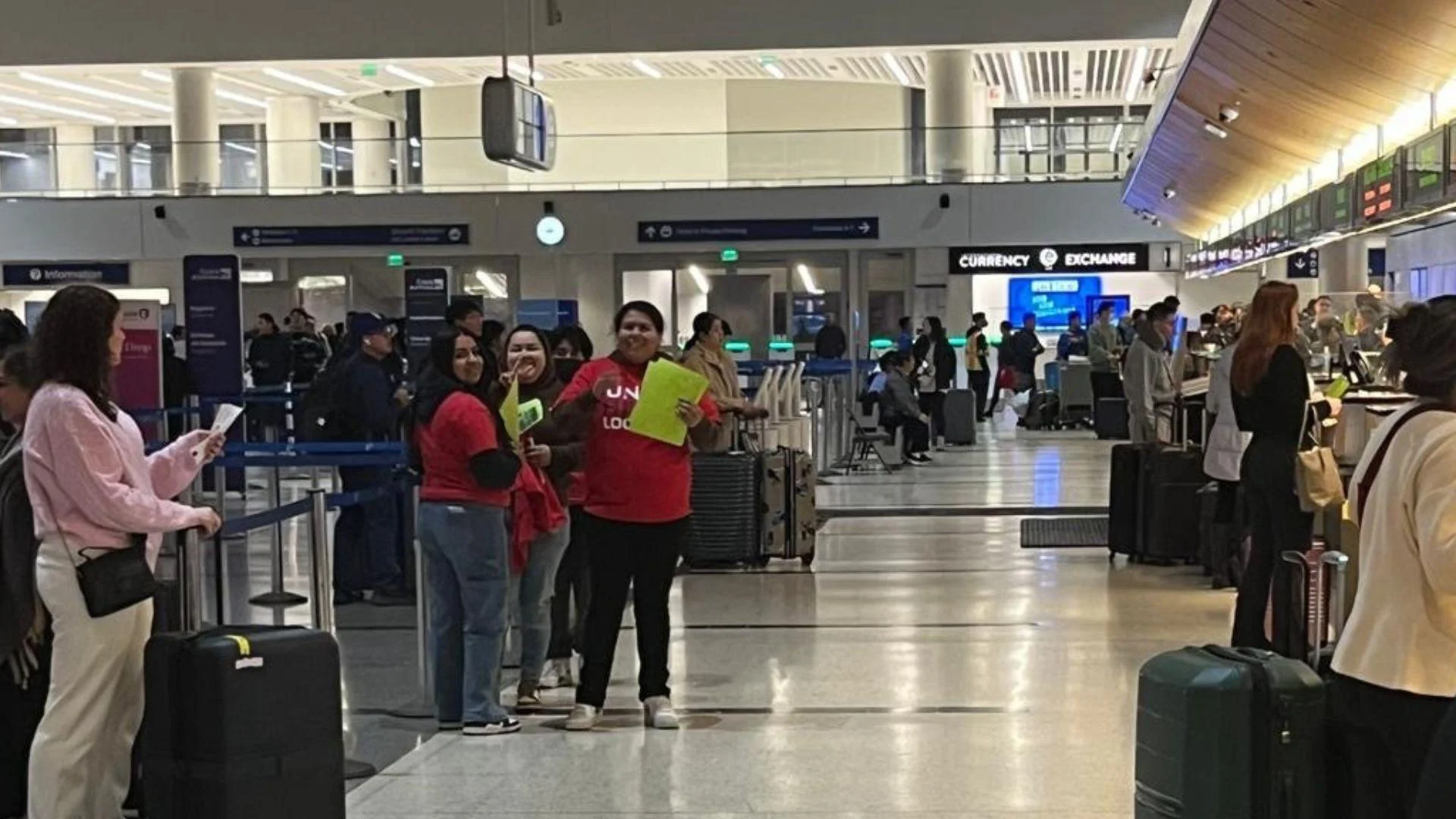Initial interest in the MAX 10 was strong among airlines including United Airlines, Delta Air Lines, Alaska Airlines, Air Canada, and Lion Air. At launch in June 2017, over 240 orders were placed by more than ten customers. United Airlines converted more than half its previous orders for the MAX 9 directly into orders for the new model.
"Boeing launched the MAX 10 in June 2017, which immediately garnered over 240 orders from more than ten different customers, with Chicago-based United Airlines being the largest customer. The Star Alliance carrier converted more than 100 of its 161 order for the MAX 9 directly to the MAX 10."
Production on this variant started in August 2018. By mid-2019, over 531 units had been ordered; however, this figure still lagged behind sales figures for Airbus's competing model at that time.
"In 2019, Boeing unveiled the MAX 10 to its staff in Renton, with the first scheduled flight now expected to take place in 2020. By this time, more than 531 MAX 10s had been ordered, a sixth of the 3,142 A321neos sold at the time."
The lengthened fuselage required changes such as an improved levered main landing gear system inspired by designs used on other Boeing models like the Dreamliner and Triple Seven series. These modifications help prevent tail strikes during takeoff and landing without requiring significant redesigns elsewhere on the airframe.
"Significant changes to the MAX 10... include stretching the fuselage by 66 inches (1.68 meters), which has allowed two additional rows (12 additional passengers in an economy class layout), edging capacity larger when compared to max-9.... An improved body contour has reduced risk of potential tail strike... Autoland will also be certified and modified..."
While Ryanair initially cited cost concerns about ordering this model from Boeing https://simpleflying.com/ryanair-orders-boeing-737-max-10/, it eventually placed an order for up to three hundred aircraft including options.
Certification delays have affected delivery schedules for several airlines considering integrating this aircraft into their fleets https://simpleflying.com/united-airlines-boeing-737-max-10-order/. For example, United Airlines has considered whether or not future plans should rely on receiving these planes given ongoing regulatory hurdles following incidents involving other variants in recent years.
"The certification process for this aircraft has been slow... attributed to several other MAX incidents..."
The powerplant selected is CFM International’s Leap-1B engine rather than alternative variants due largely to reduced development time requirements and compatibility with existing systems across other members of Boeing’s single-aisle lineup.
"Initially idea using Leap-1A or -1C was abandoned... planemaker deciding Leap-1B allows fan diameter with reduced development/certification time..."
Despite sharing many components with earlier models—including cockpit systems—the increased length means some airports may not be able accommodate operations due field performance limitations relative competitors like Airbus’ XLR variant.
"MAX 10 has similar capacity A321XLR but shorter range/poorer field performance... limit potential operate smaller airports..."
Industry analysts remain divided on whether this stretched version can truly rival Airbus’s most popular narrowbody jet; however it offers established Boeing customers higher capacity within familiar operating frameworks while enabling efficient transcontinental routes.
 Alerts Sign-up
Alerts Sign-up
